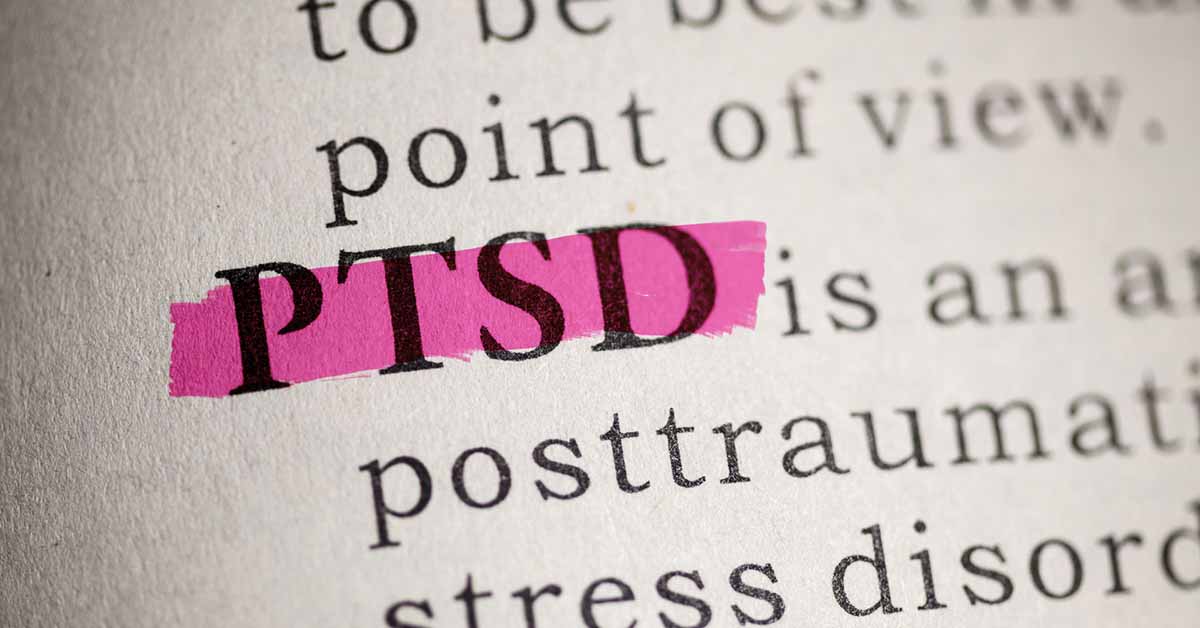Although often associated with military veterans, post-traumatic stress disorder can develop from many causes, including car accidents and childhood traumas.
PTSD often triggers a physical response, producing a racing heart, rapid breathing, hypervigilance and other symptoms. The reaction is driven by the body’s sympathetic nervous system — the system that is home to our fight-or-flight response to stressful situations.
At the heart of that system lies the stellate ganglion, a star-shaped bundle of nerves inside the neck. For decades, physicians have applied injections of anesthetic to the stellate ganglion to block pain in the neck, head, upper chest and arms.
Tidelands physician Dr. Bert Fichman, a pain management physician at Tidelands Health Pain Management Services at Murrells Inlet, is using the approach – known as a stellate ganglion block – to help patients dampen the debilitating effects of PTSD. Studies have found the treatment to be remarkably effective to reducing PTSD symptoms.
Physical and mental health challenge
As a treatment for PTSD, use of stellate ganglion blocks has been growing since 2008, though researchers are still studying how exactly it works. One thing is clear, however: the effectiveness of the block reinforces the notion that PTSD is more than a mental health issue, Dr. Fichman says.
“It has become much more recognized that it’s not just a psychological issue, but a physical issue, too,” Dr. Fichman says.
One hypothesis is that stressful events like those that cause PTSD imprint themselves on the sympathetic nervous system, revving it up. If the system were a car engine, it would always be idling higher than normal.
When the sympathetic nervous system is running too high, it overwhelms the parasympathetic nervous system — the system that controls functions like digestion and sleep. That response can be useful if you’re being chased by an animal or otherwise in danger, but it can damage your body if it continues for an extended period.
Quieting the sympathetic system through a stellate ganglion block gives the parasympathetic system room to operate the way it should, restoring balance and normal rhythm to the body.
Impressive outcomes
Dr. Fichman has focused his treatments on military veterans to impressive results.
“I have seen remarkable results from it for these patients,” Dr. Fichman says. “It is often almost instantaneous and has lasted for many months. Patients and their spouses have reported they’ve become different people — not so much on guard.”
Enjoying this story? It’s free to republish. Learn more.
However, Dr. Fichman emphasizes the procedure is itself not a silver bullet and should only be used as part of a comprehensive treatment plan.
“The caveat would be that it needs to be approached in conjunction with the patient’s behavioral health provider,” Dr. Fichman says. It should be considered only after more common treatments, such as medication and behavioral health therapy, have been exhausted, he adds.

Dr. Bert Fichman
Pain management physician, Tidelands Health Pain Management Services
Call to Schedule
Bio
Dr. Bert Fichman is a board-certified anesthesiologist and pain management physician who provides care at Tidelands Health Pain Management Services at Murrells Inlet.
Learn MoreMedical Education
Education
- Albany Medical College, Albany, NY
Residency
- Bellevue Medical Center, New York University
Fellowship
- New York University Medical Center, obstetrics and cardiothoracic
Awards
Board certification(s):
American Board of Anesthesiology in both anesthesiology and pain management
American Board of Hospice and Palliative Medicine
Meet the Expert
Dr. Bert Fichman
Call to Schedule
Dr. Bert Fichman is a board-certified anesthesiologist and pain management physician who provides care at Tidelands Health Pain Management Services at Murrells Inlet.






